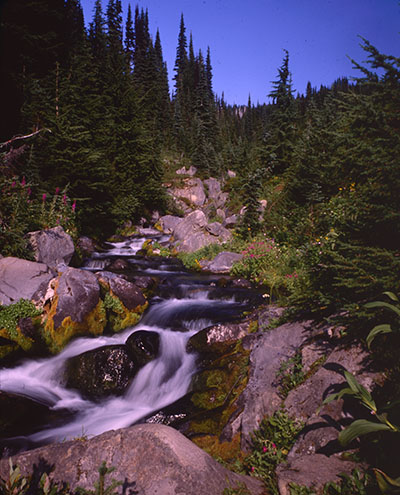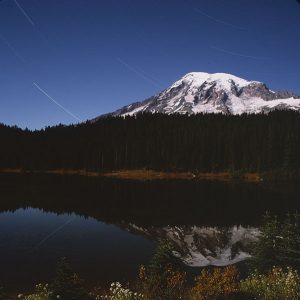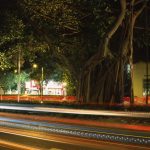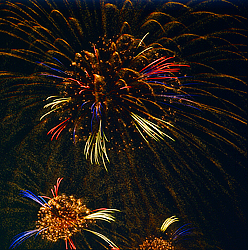Ages ago, I shot this view of the (then) new UVA Hospital with a Hasselblad, maybe two of them on a bar – in any case this is a cha-cha to obtain the necessary stereobase, which was probably around a foot, judging from the parallax in the image. I imagine the exposure was around 30 seconds. Extra credit for the astronomers in the group that can identify the stars in the sky:
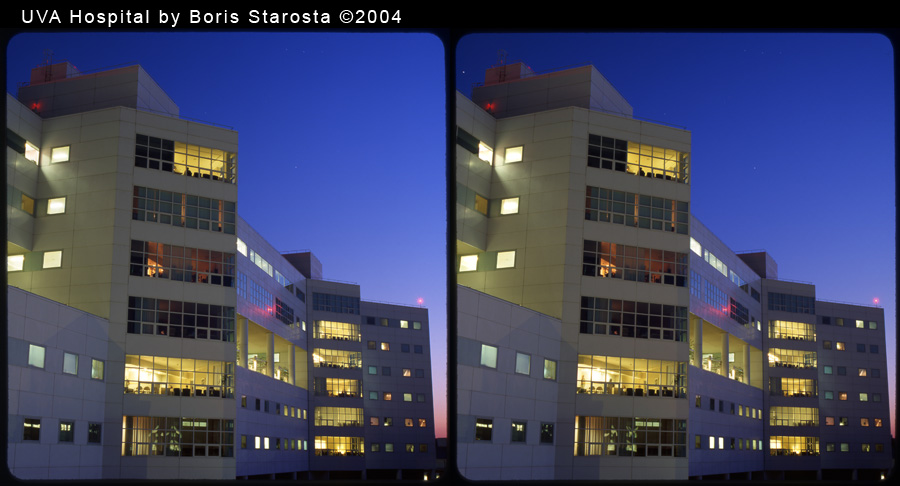
UVA Hospital, Charlottesville, VA
My “day job” is technical illustration. My clients are engineers at the University of Virginia, mostly. One day I went to visit a lab, and discovered this gigantic machine. Impossibly complex in its construction, for all I knew it could have been a time machine. So I started calling it the “time machine,” whenever I mentioned to my engineer client, and that I’d like to come in some day to photograph it. The title of the image that I finally made says about the same thing. For real, this is a Directed Vapor Deposition machine. A big electron gun hits one material, vaporizes it, and the vapors are deposited onto another material. Believe it or not, it is not a custom made machine. You buy these things retail. Cost? about $1M:
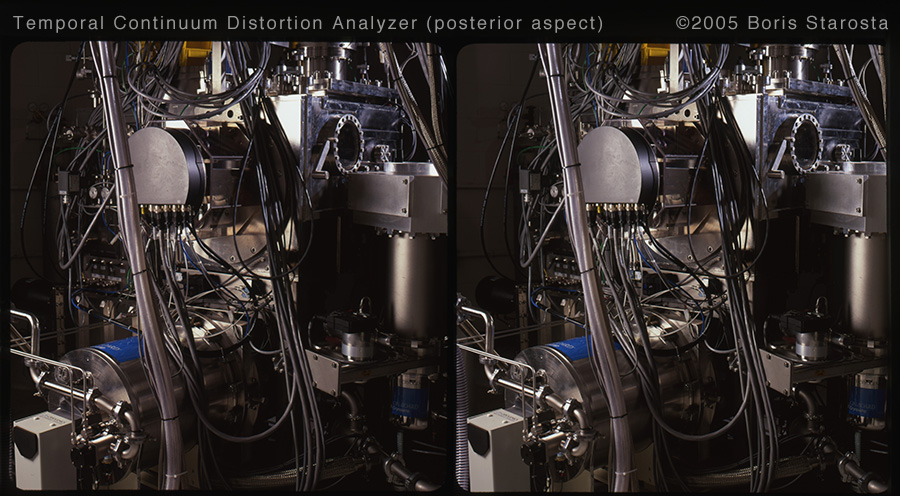
Temporal Continuum Distortion Analyzer (Posterior Aspect)
In or around 2012, I had the opportunity to photograph inside a retired coal-fired power plant not far from where I live. This plant, in Bremo Bluff, VA, was the first “automatic” coal fired power plant built in USA. “Automatic” meant in those days that most of the valves, flaps, conveyor belts, and other machinery was centrally controlled. Which means, there was a central control room, where through the use of electrical switches, one could remotely actuate any of the hundreds of valves in the plant – as these were electrically actuated. I’m sure there was a measure of fear or distrust in the system early on, as plant operators were instead used to shouting control commands at a team of plant workers, on whom one could surely better rely to get the job done than the new-fangled electric motors.
I worked on three separate days in the plant to make photographs, using with great pleasure John Thurston’s custom TL-120-55 for the wide angle views. I am forever indebted to John for his generous loan of the camera to me that year. In this view we have my old friend Chuck Holzner up there on another level (see the white hard-hat?) taking some of his own pictures. Along the left side of the view, rising up through the various levels, is one of the four burners in the plant. These are 100 foot tall furnaces (not counting the smokestack outside the building!), that included Ash removal apparatus at the very bottom, a furnace chamber 1/3 of the way up including hundreds of pipes for heat exchange (i.e. for boiling water, making steam), and at the top a variety of filters to capture particulates in the exhaust. I’ll guess this was a three seconds exposure:
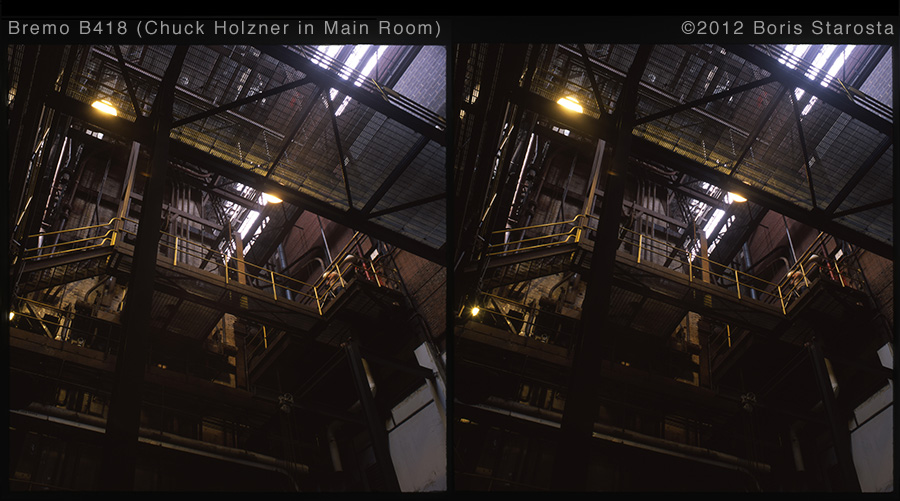
Bremo B 418 Main Room
Elsewhere in the plant, I captured this view of just a tiny fraction of the pipes and plumbing that, along with grated floors and vast spaces, characterized the place. Probably a thirty seconds exposure in this dark spot:
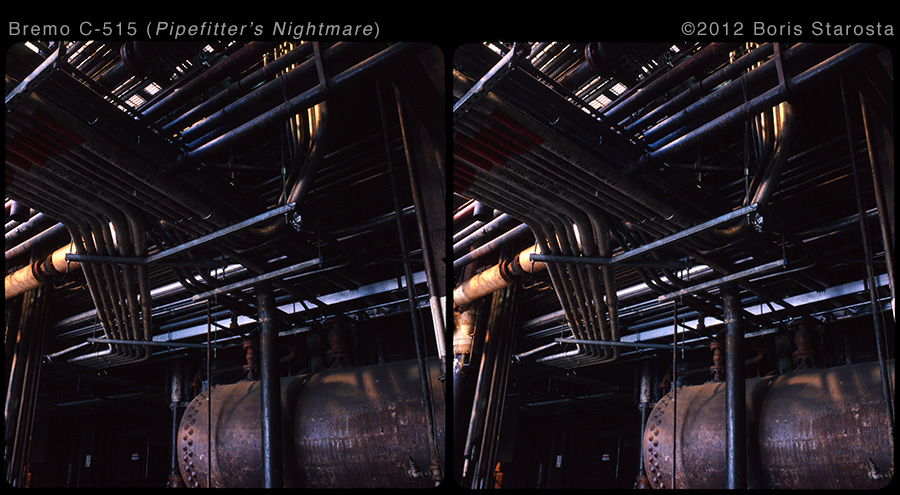
Bremo C 515 “Pipefitter’s Nightmare”
I’ll close with an image obtained in or around 2014 at the United States Botanical Garden in Washington, DC, where I fell in love with the “Jungle” greenhouse that is central to the place. In this three-stories tall greenhouse, one can commune with a variety of lush tropical plants, even in the deep of winter, and witness the slow motion battle between the built environment and the imprisoned flora. This picture was taken with a Sputnik, a good bit after sunset – I like the interplay of just a little natural light in the background, with artificial lights in the foreground. I imagine about a ten or twenty second exposure.
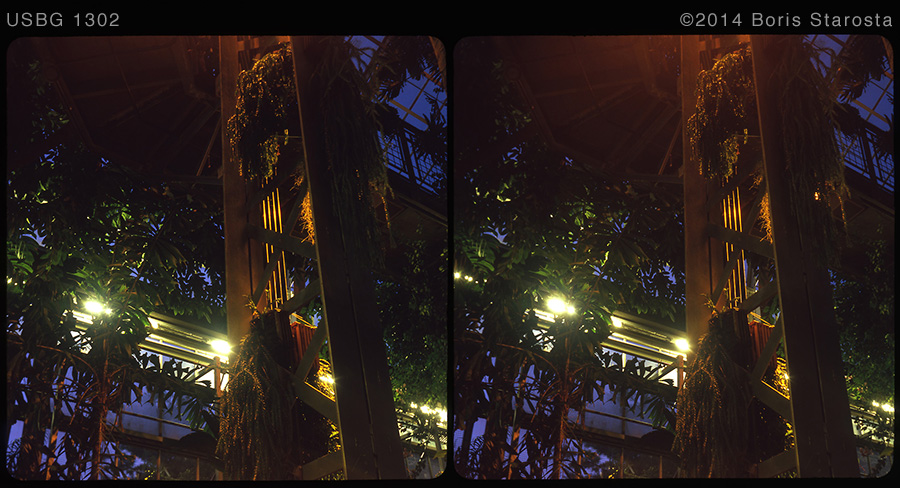
USBG-1302






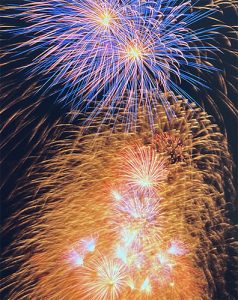
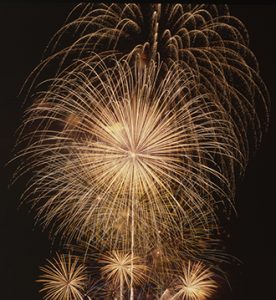
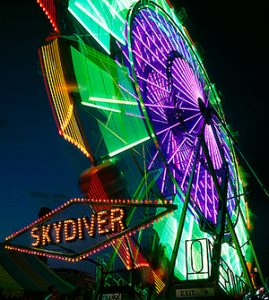
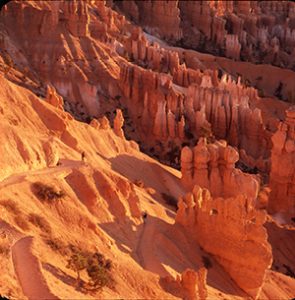
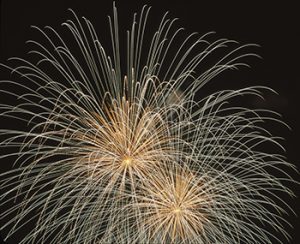
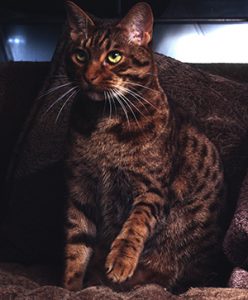
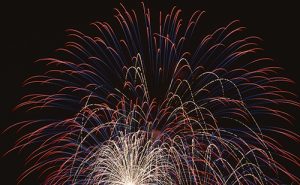
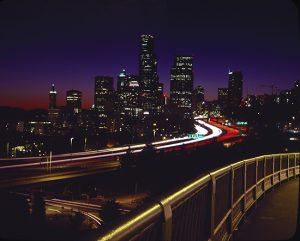
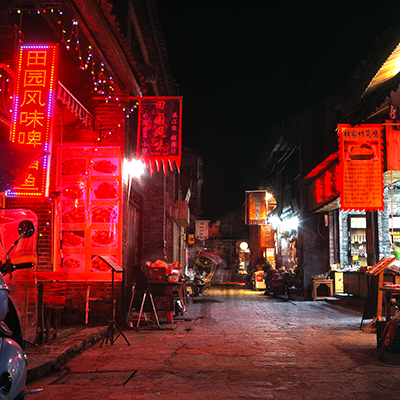 They say that ‘Guilin is the best scenery in Guangxi, and the best of Guilin is Yangshuo.’ There is no doubt that Yangshuo is a beautiful location in the world with it’s limestone Karst mountains and gorgeous waterways. I would highly recommend a visit. An added bonus is it’s little walkways and side streets such as this one at night. Mostly catered to tourists ( as most of this area is, for good reason), it’s an interesting area to visit. I enjoyed being able to safely take night shots throughout the town, and this shot being one of my favorites. Shot with my Sputnik MF3D camera on Fujifilm Provia 100f film.
They say that ‘Guilin is the best scenery in Guangxi, and the best of Guilin is Yangshuo.’ There is no doubt that Yangshuo is a beautiful location in the world with it’s limestone Karst mountains and gorgeous waterways. I would highly recommend a visit. An added bonus is it’s little walkways and side streets such as this one at night. Mostly catered to tourists ( as most of this area is, for good reason), it’s an interesting area to visit. I enjoyed being able to safely take night shots throughout the town, and this shot being one of my favorites. Shot with my Sputnik MF3D camera on Fujifilm Provia 100f film.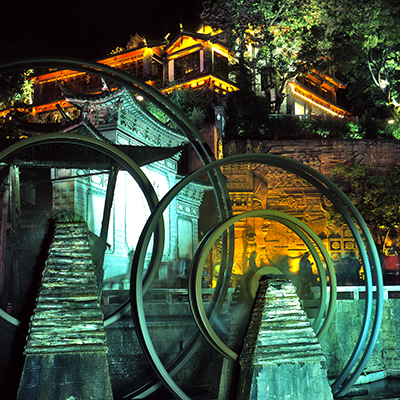 Here’s another shot of Lijiang at night, of the famous waterwheels located in the south entrance of town. The water wheels were supposedly built roughly 800 years ago, around the time of the town’s origin. I wanted to capture the wheels in motion, so a nightshot it was to be! I enjoyed Lijiang immensely, despite the amount of tourists at any given time. The town has so much to see that it’s no wonder that it was so popular. Not to mention that I was there in the perfect time frame for weather. Shot on my Sputnik MF3D camera and shot on Fujifilm Provia 100f fim.
Here’s another shot of Lijiang at night, of the famous waterwheels located in the south entrance of town. The water wheels were supposedly built roughly 800 years ago, around the time of the town’s origin. I wanted to capture the wheels in motion, so a nightshot it was to be! I enjoyed Lijiang immensely, despite the amount of tourists at any given time. The town has so much to see that it’s no wonder that it was so popular. Not to mention that I was there in the perfect time frame for weather. Shot on my Sputnik MF3D camera and shot on Fujifilm Provia 100f fim.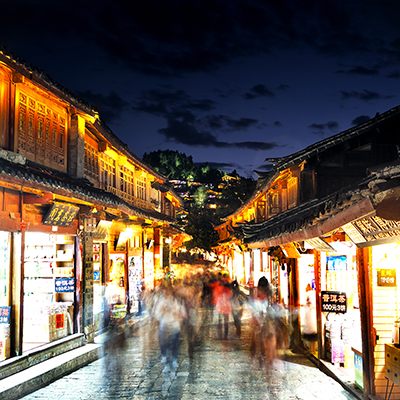 Lijiang is a beautiful city located in the Yunnan province of southwest China. A town full of cobblestones, old houses converted into hotels and storefronts, waterways and bridges galore. It’s no wonder that this town was overrun by tourists, mostly from China, and filled the streets day and night. I wanted to capture it’s beauty and it’s craziness at the same time. I figured a long exposure night shot would do the trick. This was shot with my Sputnik MF3D camera with Fujifilm Provia 100f film.
Lijiang is a beautiful city located in the Yunnan province of southwest China. A town full of cobblestones, old houses converted into hotels and storefronts, waterways and bridges galore. It’s no wonder that this town was overrun by tourists, mostly from China, and filled the streets day and night. I wanted to capture it’s beauty and it’s craziness at the same time. I figured a long exposure night shot would do the trick. This was shot with my Sputnik MF3D camera with Fujifilm Provia 100f film.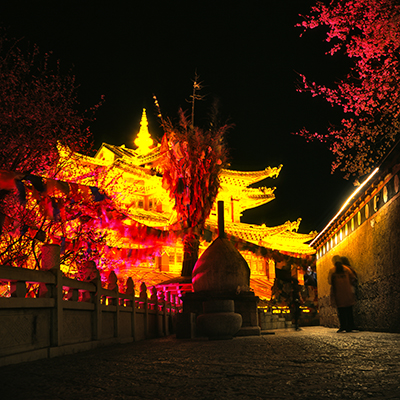 Shangri La is located near the province of Tibet in southwest China, in the Sichuan province. Not many tourists seemed to be there, despite the amount of local tourists in other parts of China. Maybe it was because there wasn’t much to see in the town except one of the largest prayer wheels in the world and a spectacular night time lighting of the local monastery. The town had been devastated by a large fire, destroying most of the original buildings only years prior to my visit. Needless to say, we did not stay in Shangri La very long, only 2 nights, before heading south to the more interesting provinces of Yunnan and Guangxi. Shot on my Sputnik MF3D camera with Fujifilm Provia 100f film.
Shangri La is located near the province of Tibet in southwest China, in the Sichuan province. Not many tourists seemed to be there, despite the amount of local tourists in other parts of China. Maybe it was because there wasn’t much to see in the town except one of the largest prayer wheels in the world and a spectacular night time lighting of the local monastery. The town had been devastated by a large fire, destroying most of the original buildings only years prior to my visit. Needless to say, we did not stay in Shangri La very long, only 2 nights, before heading south to the more interesting provinces of Yunnan and Guangxi. Shot on my Sputnik MF3D camera with Fujifilm Provia 100f film.